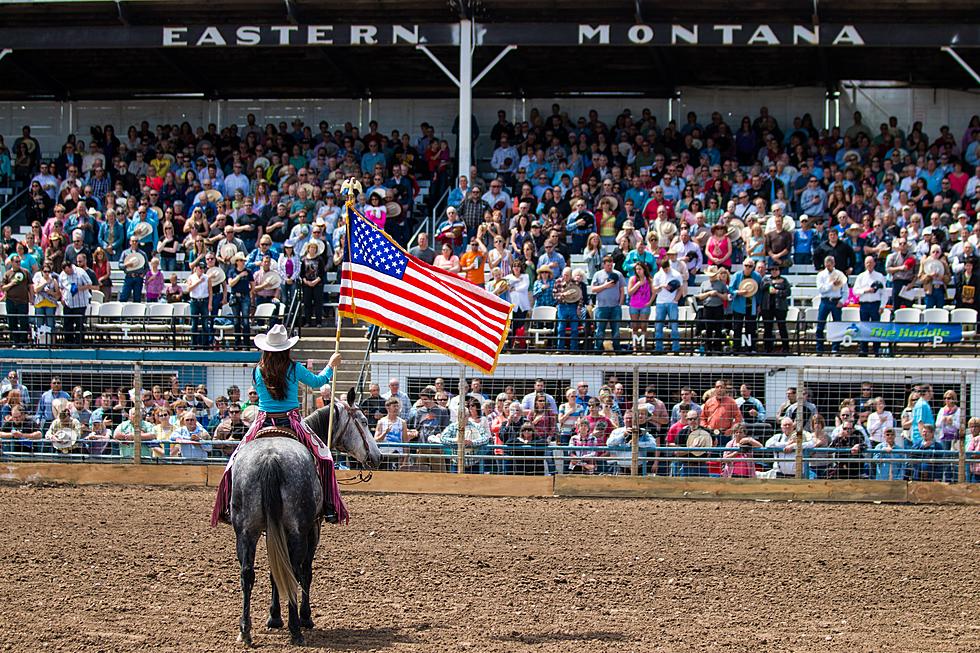
Supreme Court Trivia
Sadly it took the death of a Supreme Court Justice for me to really look into the workings and precedents of the Court.
Here are some trivia facts about our countries highest legal body that you might have missed.
Why Nine Justices?
Congress fixes the number of Supreme Court Justices under Article III of the US Constitution. The Judiciary Act of 1789 set the court size to six justices but as the country grew more justices were added to correspond to the number of judicial districts.
Justice number 7 was added in 1807, number 9 in 1837, and ten in 1863.
In 1866 Chief Justice Chase convinced Congress to pass an act stipulating that the next three justices to retire would not be replaced. As a result, one seat was vacated in 1866, a second in 1867.
Two years later, in 1869, The Circuit Judges Act decided to keep the number of justices at nine and that’s been the number ever since.
The Court Packing Plan
In 1937 President Franklin Roosevelt was having a tough time getting his New Deal policies past the Supreme Court. His plan was to add one justice for each one who reached the age of 70 years and six months up to a total of 15 justices.
Roosevelt claimed that adding more judges would reduce the burden on older justices. The real plan was to add justices more receptive to Roosevelt’s policies. The Court Packing plan failed in Congress.
But due to Roosevelt’s three terms he did manage to get seven of nine justices appointed by the end of 1941.
The Court Makeup
With the death of Scalia, the current court is comprised of five males and three female justices. Clarence Thomas is the lone African-American, Sonia Sotomayor is the first Latino appointed to the court.
Five are Roman Catholic, and three are Jewish. With the retirement of Justice Stevens there are currently no Protestants on the court for the first time in its history.
Thurgood Marshall became the first African-American justice in 1967 and was succeeded by Clarence Thomas. Sandra Day O’Connor was the first woman confirmed to the court in 1981. Ruth Bader Ginsburg joined O’Connor as the second woman on the court. After O’Connor’s retirement Ginsberg was joined by Sonia Sotomayor, the first Latino, in 2009 and Elena Kagan in 2010.
Some Final Thoughts
There have been a lot of changes in the court over the years. And we are now on the verge of the court changing again.
In the next few months Congressional Committees will pummel some poor sole to determine whether he or she can pass muster and be appointed to the high court. I don’t envy that person.
Comments below.
More From KMMS-KPRK 1450 AM









